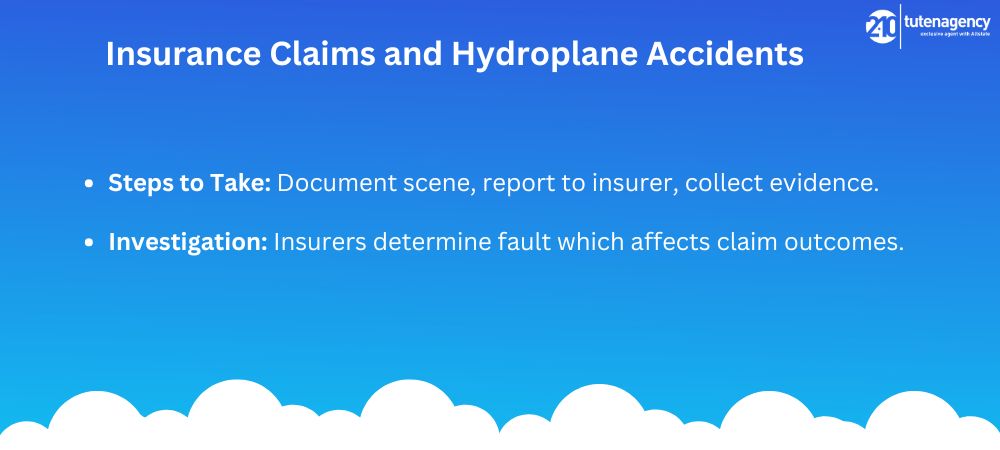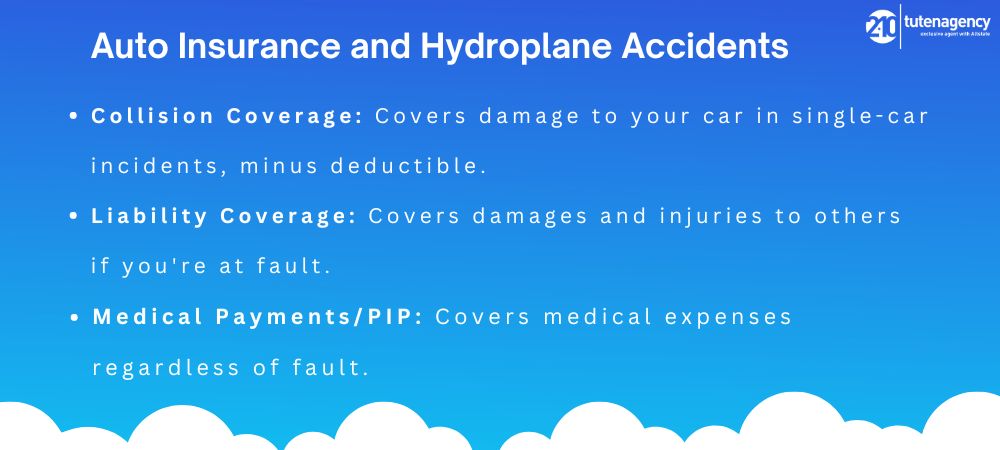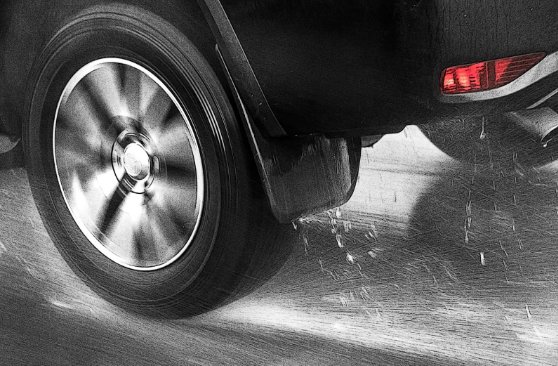Hydroplane incidents pose a significant risk for motorists dealing with slippery roads. Such events, characterized by a vehicle’s loss of control due to water on the road, underscore the necessity of grasping how hydroplaning interacts with car insurance policies. This article explores the reasons behind hydroplaning, identifies the insurance policies that apply to these mishaps, and offers strategies for reducing potential dangers.
Hydroplaning
Hydroplaning occurs when tires lose contact with the road surface and glide on a thin layer of water, causing the driver to lose control of the vehicle. This phenomenon can be triggered by several factors, including vehicle speed, tire tread depth, and road conditions. Essentially, hydroplaning undermines the friction essential for maintaining vehicle control, turning normal driving into a potentially hazardous situation.
Tips to Avoid Hydroplaning
Hydroplaning is a dangerous phenomenon that can lead to loss of vehicle control, posing a significant risk to drivers and others on the road. Fortunately, there are several proactive steps you can take to minimize your risk of hydroplaning, especially in wet conditions:
Maintain Your Tires: Regularly check your tires for wear and tear and ensure they are properly inflated. Worn-out tires with low tread depth increase the risk of hydroplaning because they cannot effectively displace water.
Reduce Speed: Slowing down in wet conditions is crucial. The faster you drive, the harder it is for your tires to displace the water on the road surface, increasing the likelihood of hydroplaning.
Avoid Standing Water: Whenever possible, drive around places where water has pooled on the road. These areas are hydroplaning hotspots.
Drive in Lower Gear: If conditions are slippery, driving in a lower gear can provide more control and reduce the chances of losing traction.
Follow in Tracks: If you’re driving in heavy rain, try to follow the tire tracks left by the cars in front of you. Their tires have already displaced some of the water, which may reduce your risk of hydroplaning.

Avoid Sudden Movements: Sudden turns, brakes, or acceleration can easily lead to hydroplaning. Try to make any movements gradually and gently, especially in wet conditions.
Ensure Proper Vehicle Maintenance: Regular checks and maintenance of your car’s braking system, tires, and other crucial components can help prevent hydroplaning. Faulty equipment can exacerbate the risk.
Use Quality Tires Designed for Wet Conditions: Investing in high-quality tires designed for wet driving conditions can make a significant difference. These tires are specifically designed to channel water away from the tire, providing better traction.
Avoid Using Cruise Control in the Rain: Using cruise control in wet conditions can delay reaction times to decelerate, increasing the risk of hydroplaning. It’s better to control your speed manually.
Increase Following Distance: Increase the distance between your vehicle and the one in front of you during wet conditions. This gives you more time to react and stop if the vehicle ahead encounters hydroplaning.
Auto Insurance and Hydroplane Accidents
When it comes to hydroplane accidents, the type of auto insurance coverage you have is pivotal. Collision coverage is your go-to for single-car hydroplane incidents, covering vehicle damage minus your deductible. If another party is involved and you’re found at fault, liability coverage kicks in, covering the other party’s injuries and damages. Furthermore, medical payments coverage or personal injury protection (PIP) may cover your medical expenses, regardless of who’s at fault.

Factors Affecting Hydroplaning Risks
Hydroplaning doesn’t require a deluge; even a small amount of water can cause a vehicle to hydroplane, especially if it’s moving fast, the tires are worn, or the road is poorly maintained. To prevent hydroplaning, maintain your tires in good condition, reduce speed in wet conditions, and avoid standing water on the road.
Insurance Claims and Hydroplane Accidents
If you find yourself in a hydroplane accident, the steps you take immediately afterward are crucial. Document the scene, report the accident to your insurer, and collect evidence, like photos and witness statements. Insurance companies will investigate the accident’s circumstances to determine fault, which can affect your claim’s outcome.
Special Considerations in Hydroplane Accidents
Not all hydroplane accidents result in straightforward insurance claims. If your accident was caused by a manufacturer defect (such as faulty tires or brakes) or dangerous road conditions (like unmarked slippery roads), you might not be at fault. In these cases, you could file a claim against the manufacturer or the entity responsible for road maintenance.
Final Thoughts
Hydroplaning presents a real risk, especially in wet conditions, making it essential for drivers to understand their auto insurance coverage and take proactive measures to prevent such accidents. By maintaining your vehicle, driving safely in the rain, and ensuring you have the right insurance coverage, you can navigate wet roads with confidence.
FAQs: Hydroplane Accidents and Insurance Coverage
Does my auto insurance premium increase after a hydroplane accident?
If you’re found at fault in a hydroplane accident, your auto insurance premium could increase. However, if the accident is determined to be caused by factors beyond your control (like sudden, extreme weather conditions), your insurer may not raise your rates. Each insurance company has its own policies regarding these incidents.
What if I hydroplane and don’t hit anything? Is there still coverage?
Yes, if you hydroplane and don’t collide with another vehicle or object but your car is damaged, collision coverage can still apply. You’d be responsible for paying your deductible before insurance covers the rest of the repair costs.
Can I claim for hydroplane damage if I only have liability insurance?
Liability insurance does not cover damage to your vehicle in the event of hydroplaning. It only covers damage to others’ property or medical expenses for injuries you’re responsible for. For hydroplane damage to your vehicle to be covered, you need collision coverage.
Get a Auto Insurance Quote
Looking for an accurate and honest auto insurance quote? Contact an insurance agency like tutenagency or get a quote online. Call (334) 502-5111 to insure your vehicle today.
Disclaimer: This content is for informational purposes only and should not be considered financial advice. Always consult with a qualified financial advisor before making any investment decisions.

